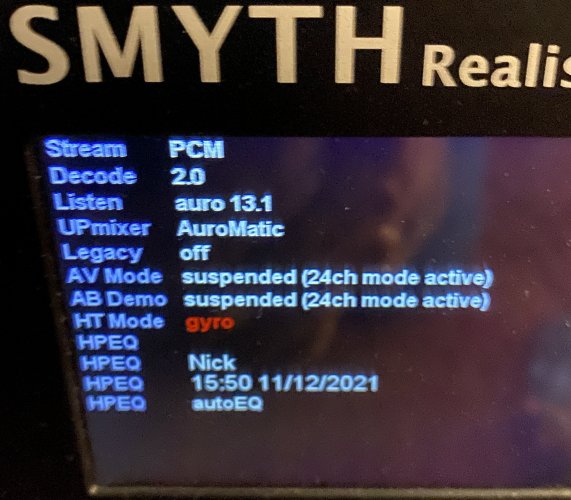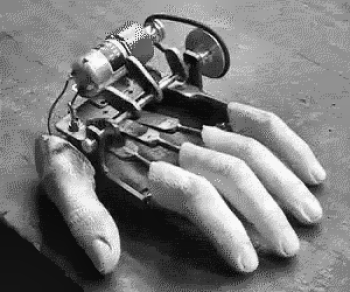dsperber
500+ Head-Fier
- Joined
- Jul 27, 2005
- Posts
- 800
- Likes
- 326
Thank you for the reference to the page in the manual that addresses my request. Yes, that IS what I'm looking for.I'm really surprised that you, as a long time user of the A8, seem to don't know anything about the (stereo) mix-down functionality.
See p. 89 in A16 manual. That's what you want (I hope).
The A8 got the same functionality.
Don't know why I never actually pursued this in all these years. I was clumsily accomplishing the same effect by using the SOURCE-1 (optical, coming out of the A8) and SOURCE-2 (coax, coming out of the Oppo player) of my DAC. Output of the DAC was XLR to the Stax amp/headphone in both situations but the volume level was different in the headphones depending on the SOURCE input to the DAC. So along with switching inputs I also had to adjust the DAC output volume to correspond to whichever source was selected, so as to have the loudness levels similar. That's why I say it was clumsy (and not an instant simple quick A/B swap), but at least was a way to compare "with SVS" vs. "without SVS".
If I had long ago discovered the "stereo mix-down" functionality on the A8 facilitated simply through the alternating use of MIX and SVS keys on the remote, no question I would have been using it as my A/B comparison method fo "with SVS" vs. "without SVS". And I would no doubt have also expected something similar to be in the A16 and sought it out. Thank you again for pointing out the location of the appropriate documentation.
Note that the A16 design is much more complex than the A8, so there is much more to do in the preparation steps for the A16. With the A8 it seems all you need to do is alternately press MIX and SVS keys with all of the "mix block" channel contribution defaults already correctly set with comparing 2-channel stereo source in mind. By default the L and R channels are set to 1.0 with all other channels set to 0.0, and there is no additional "stereo mix-down" switch (to enable/disable this capability) and "AV-mode" switch (to allow the use of the SPK key for headphone output) both of which also must be set correctly. It's simply press SVS and MIX on the A8 remote to toggle between "with SVS" and "without SVS". There's no additional consideration of what gets sent to the 8-channel analog output of the A8 vs. what gets sent to the 2-channel stereo output of the A8 (either optical or headphone) since we're only concerned about whether or not SVS processing is involved inside the A8 no matter what outputs are involved.
I need to play with this on the A16 to truly get familiar with everything, but it seems that I can just disable AV mode (since I'm never producing 16-channel analog output). And I can just enable STEREO mix-down mode and set contributing channels and gains as with the A8, and find a proper "volume" value so that the A/B comparison has similar loudness. Once these preparatory step are done from that point on I can simply use the SPK and HP keys of the A16 as my toggle keys (just like the MIX and SVS keys of the A8) with nothing else that also needs to be done.
I will also play with this on the A8, to further burn into my brain how this all works.
Thanks again for pointing me in the right direction.















 ,
,